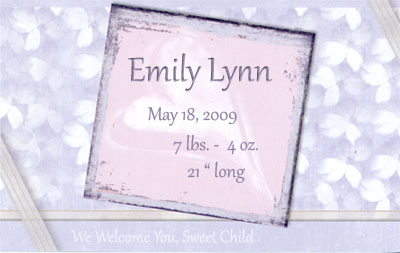Thanks to everybody who entered and enjoy the rest of summer. I will see you in the Fall.

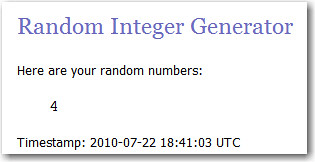
A resource for new parents of a baby with Down syndrome and a place for the experienced to share what worked and what didn't.


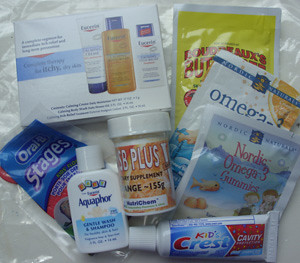
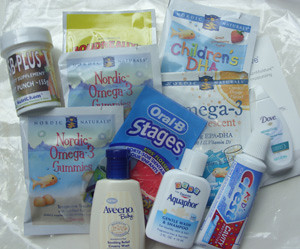


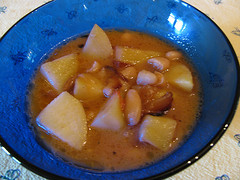
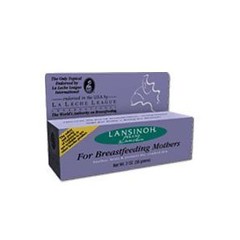 There is a good possibility that my breast feeding days would have been over early on if not for Lansinoh lanolin nursing cream. In the beginning, even if you are doing it right, breast feeding can be extremely painful on the nipples. This cream makes a real difference and it doesn’t have to be washed off prior to nursing. If you are pregnant and thinking of nursing, get some. The hospital you deliver in will probably have travel size tubes of it, so make sure you remember to ask for it.
There is a good possibility that my breast feeding days would have been over early on if not for Lansinoh lanolin nursing cream. In the beginning, even if you are doing it right, breast feeding can be extremely painful on the nipples. This cream makes a real difference and it doesn’t have to be washed off prior to nursing. If you are pregnant and thinking of nursing, get some. The hospital you deliver in will probably have travel size tubes of it, so make sure you remember to ask for it.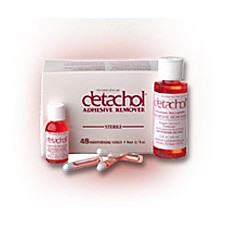 One of our favorite nurses gave us a bottle of detachol to take home, a PICU parting gift. This magical goo removes anything that gets stuck to your baby’s skin or hair. Band-aids, electrode stickies, medical tape, tree sap, gum... you name it, detachol will get it off pain free.
One of our favorite nurses gave us a bottle of detachol to take home, a PICU parting gift. This magical goo removes anything that gets stuck to your baby’s skin or hair. Band-aids, electrode stickies, medical tape, tree sap, gum... you name it, detachol will get it off pain free. 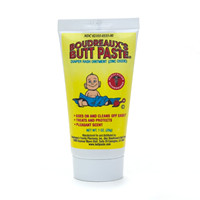 I’m not sure why this diaper rash cream seems to work better than the rest, but my babies’ bottoms have sworn by it for years. It looks like mud, smells pretty, and clears up irritated skin in record time. For an almost free sample (you pay postage) visit buttpaste.com.
I’m not sure why this diaper rash cream seems to work better than the rest, but my babies’ bottoms have sworn by it for years. It looks like mud, smells pretty, and clears up irritated skin in record time. For an almost free sample (you pay postage) visit buttpaste.com. 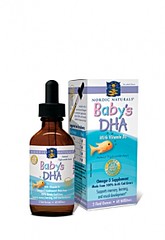 I have written about the wonders of DHA/Omega 3 oil in the past. Since then Nordic Naturals has introduced a DHA product designed for infants. It comes in an easy dose bottle and is unflavored (though I am not sure if that’s a good thing with fish oil, lol).
I have written about the wonders of DHA/Omega 3 oil in the past. Since then Nordic Naturals has introduced a DHA product designed for infants. It comes in an easy dose bottle and is unflavored (though I am not sure if that’s a good thing with fish oil, lol).  Babies with Down syndrome respond well to body massage and therapeutic touch. There are a lot of massage lotions and oils on the market but I prefer to use coconut oil because it doesn’t clog pores and has a very low allergy risk compared with other nut oils. It doesn’t leave baby’s skin greasy and it doesn’t stain clothes. It smells delicious (if you like coconut :-), has a long shelf life, and protects against dry skin. As if all that weren’t enough, there are even Internet rumors that coconut oil is beneficial against alzheimer’s disease.
Babies with Down syndrome respond well to body massage and therapeutic touch. There are a lot of massage lotions and oils on the market but I prefer to use coconut oil because it doesn’t clog pores and has a very low allergy risk compared with other nut oils. It doesn’t leave baby’s skin greasy and it doesn’t stain clothes. It smells delicious (if you like coconut :-), has a long shelf life, and protects against dry skin. As if all that weren’t enough, there are even Internet rumors that coconut oil is beneficial against alzheimer’s disease.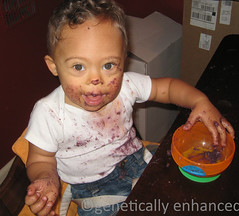 Babies are notoriously messy eaters. They figure out right away that throwing, squishing, and spitting food is fun. It takes a while to get good hand/eye coordination going and as they practice there are plenty of misses resulting in food in the eyebrows, hair, ears... you name it.
Babies are notoriously messy eaters. They figure out right away that throwing, squishing, and spitting food is fun. It takes a while to get good hand/eye coordination going and as they practice there are plenty of misses resulting in food in the eyebrows, hair, ears... you name it. 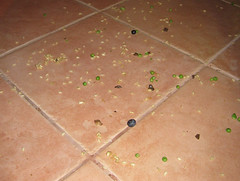 Then there is the lack of solid motor-planning which means cups and utensils often end up on the floor. Picking an object up does not require the same skills as putting it back down, and for some reason learning to place items back on the tray does not seem high on a baby’s priority list.
Then there is the lack of solid motor-planning which means cups and utensils often end up on the floor. Picking an object up does not require the same skills as putting it back down, and for some reason learning to place items back on the tray does not seem high on a baby’s priority list.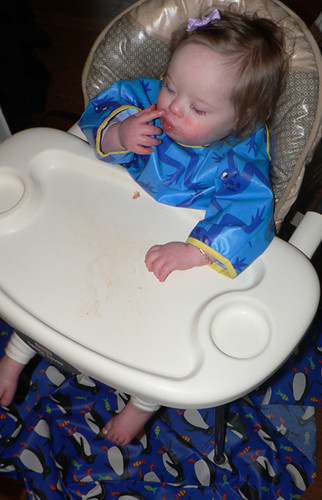
 Whenever possible (usually at lunchtime) I place a feeding mirror in front of Summer while she eats so that she can see herself eating. The speech therapist said this is supposed to help her visualize what she is doing. Make sure the mirror is out of reach, or that will end up on the floor too!
Whenever possible (usually at lunchtime) I place a feeding mirror in front of Summer while she eats so that she can see herself eating. The speech therapist said this is supposed to help her visualize what she is doing. Make sure the mirror is out of reach, or that will end up on the floor too!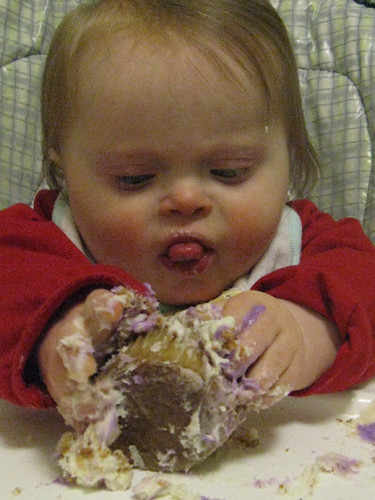 As mentioned before, setting items down requires different skills than picking items up. Teach your child how to release his grip on his spoon or cup and to place it back on his tray. Many times babies throw their utensils simply because they haven’t the motor-plan for any other method of releasing them. You can teach “set down” by using a hand-over-hand motion with your baby and gently tapping the spoon/cup onto his tray so he can hear and feel as well as see where it goes.
As mentioned before, setting items down requires different skills than picking items up. Teach your child how to release his grip on his spoon or cup and to place it back on his tray. Many times babies throw their utensils simply because they haven’t the motor-plan for any other method of releasing them. You can teach “set down” by using a hand-over-hand motion with your baby and gently tapping the spoon/cup onto his tray so he can hear and feel as well as see where it goes.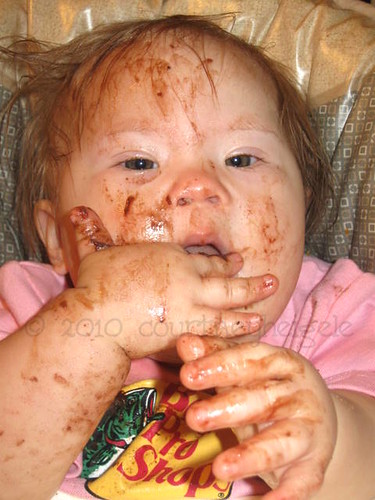
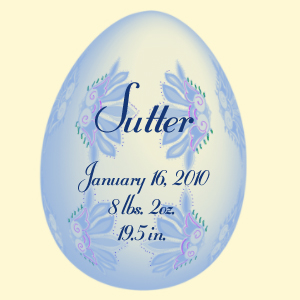







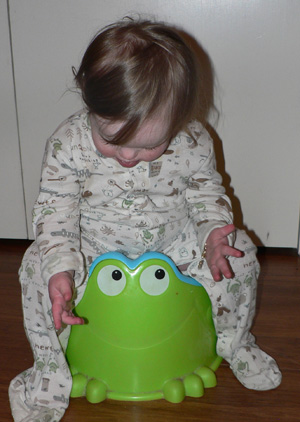 Find a sturdy, comfy potty chair to keep in your bathroom. Make the sign for bathroom and then put her on the potty (clothes, diaper, and all) when she shows that she is getting busy. Sing the goofy poop song, and imitate her grunting. Yup, you read that right. Do some face to face grunting and then tell her it is her turn. She will imitate you back and you will be happily surprised at the results.
Find a sturdy, comfy potty chair to keep in your bathroom. Make the sign for bathroom and then put her on the potty (clothes, diaper, and all) when she shows that she is getting busy. Sing the goofy poop song, and imitate her grunting. Yup, you read that right. Do some face to face grunting and then tell her it is her turn. She will imitate you back and you will be happily surprised at the results.
 The easiest way to get it, and one of the safest, is through Nordic Naturals Children's DHA which has the highest omega-3 level of any cod liver oil. Nordic Naturals products have consistently high standards and test under the maximum allowances for toxins and heavy metals.
The easiest way to get it, and one of the safest, is through Nordic Naturals Children's DHA which has the highest omega-3 level of any cod liver oil. Nordic Naturals products have consistently high standards and test under the maximum allowances for toxins and heavy metals.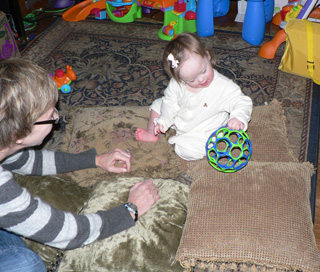

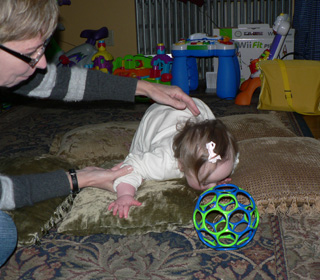


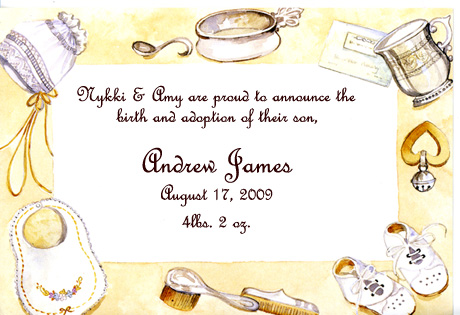
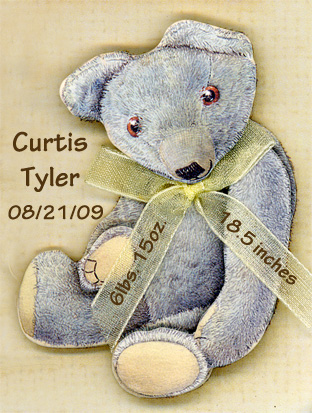
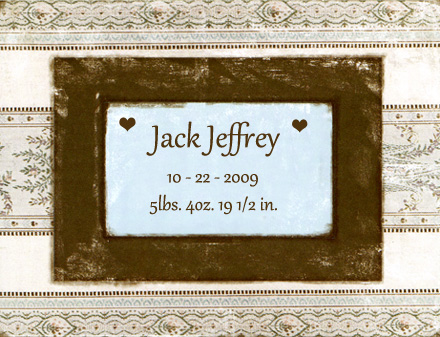
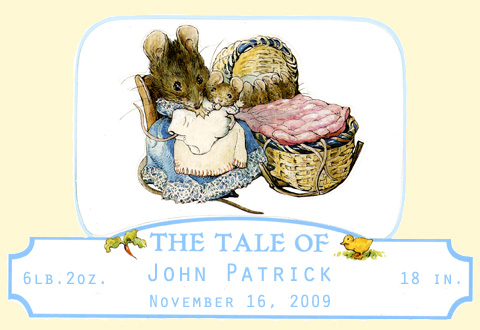
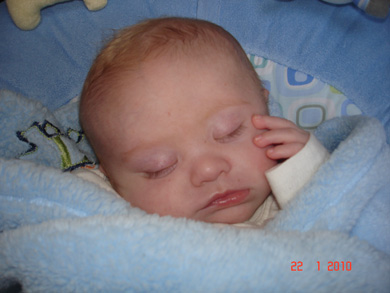

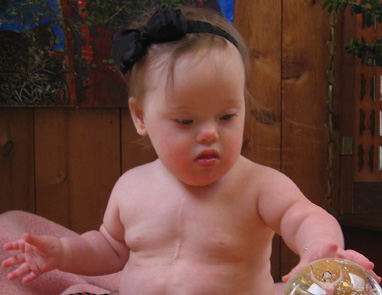
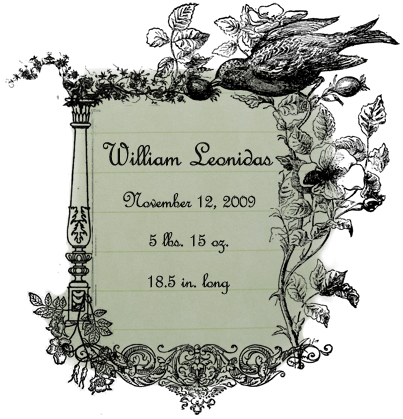


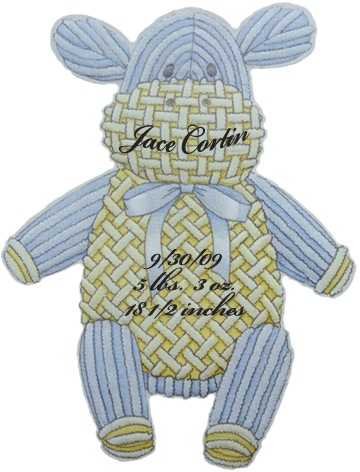
 Parents look forward to hearing that first word... “dada” or perhaps “mama”. And when it comes, we are thrilled because we know that our child has connected words to objects, and that the rest of our spoken language is just a matter of time. But it is important to remember that speech is just one component of communication, and usually the last piece to be mastered.
Parents look forward to hearing that first word... “dada” or perhaps “mama”. And when it comes, we are thrilled because we know that our child has connected words to objects, and that the rest of our spoken language is just a matter of time. But it is important to remember that speech is just one component of communication, and usually the last piece to be mastered. Babies learn a lot about communicating by watching you do it. Research has shown that babies are predisposed to face watching. You can encourage your baby to look at you by keeping him close to eye-level in a carrier, or in a babyseat that is up on a table. If your baby doesn’t have the strength or coordination to watch you, hold her in a position that gives good support to her head and neck. While you are gazing at each other imitate any facial movements she makes, or stimulate her by making noises and expressions. Babies with Ds initiate less often, so take the lead and start a “conversation” whenever you get the chance.
Babies learn a lot about communicating by watching you do it. Research has shown that babies are predisposed to face watching. You can encourage your baby to look at you by keeping him close to eye-level in a carrier, or in a babyseat that is up on a table. If your baby doesn’t have the strength or coordination to watch you, hold her in a position that gives good support to her head and neck. While you are gazing at each other imitate any facial movements she makes, or stimulate her by making noises and expressions. Babies with Ds initiate less often, so take the lead and start a “conversation” whenever you get the chance.  Once your baby’s teeth start arriving, sometimes molars first as was the case with Summer, you should brush them after meals and bottles. (Uh huh, fun fun.) There are lots of baby toothbrushes out there to choose from. Our pediatric dentist recommends the Mam Training toothbrush ($5.99 at Amazon.com as part of a set) and I find it easy to use. It has a long handle and a rounded brush on one end, as well as a gum massager on the other. And don’t forget to floss your baby’s teeth (more fun). I prefer to use floss rather than the fancy new disposable flossers that are out there mainly because it is easier to maneuver around with it in a wriggly baby’s mouth. Good luck finding kid-friendly flavored floss at the drugstore... I score the bubble gum variety when we take the older kids to the dentist. However, since babies with Ds tend to enjoy strong flavors, cinnamon or mint probably works just as well.
Once your baby’s teeth start arriving, sometimes molars first as was the case with Summer, you should brush them after meals and bottles. (Uh huh, fun fun.) There are lots of baby toothbrushes out there to choose from. Our pediatric dentist recommends the Mam Training toothbrush ($5.99 at Amazon.com as part of a set) and I find it easy to use. It has a long handle and a rounded brush on one end, as well as a gum massager on the other. And don’t forget to floss your baby’s teeth (more fun). I prefer to use floss rather than the fancy new disposable flossers that are out there mainly because it is easier to maneuver around with it in a wriggly baby’s mouth. Good luck finding kid-friendly flavored floss at the drugstore... I score the bubble gum variety when we take the older kids to the dentist. However, since babies with Ds tend to enjoy strong flavors, cinnamon or mint probably works just as well.

